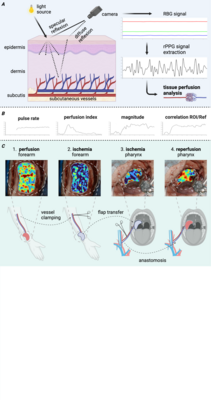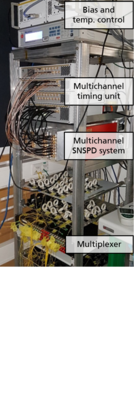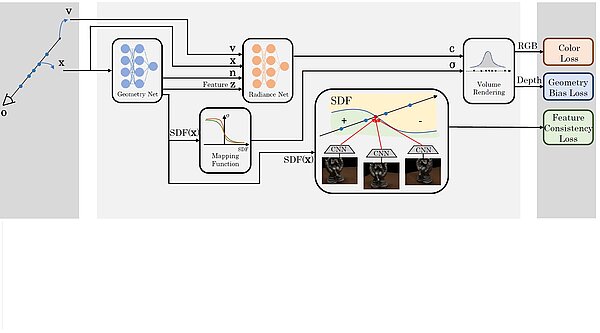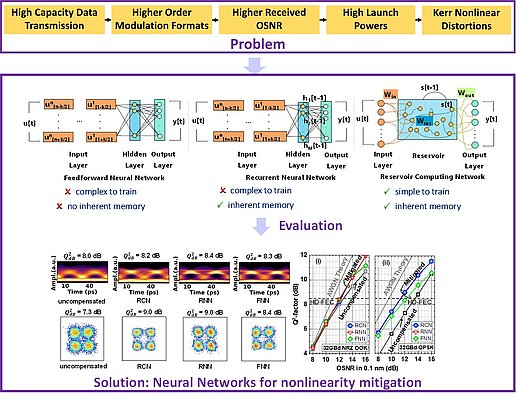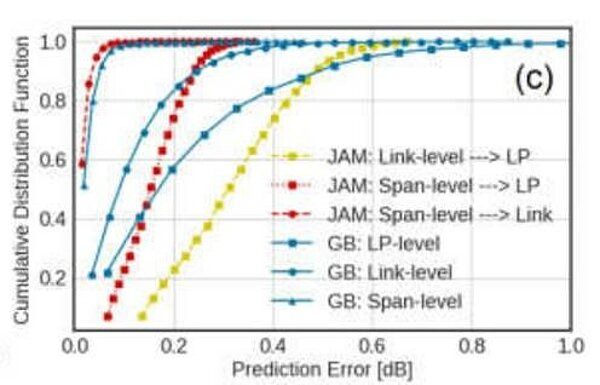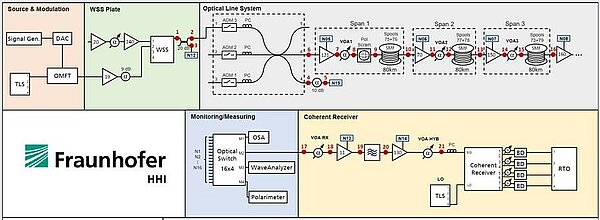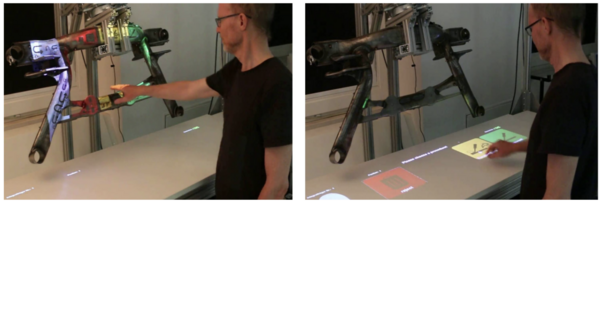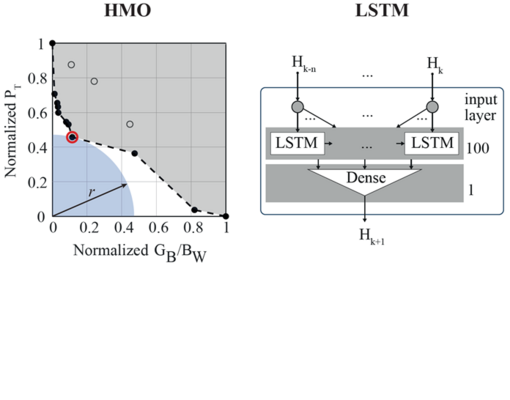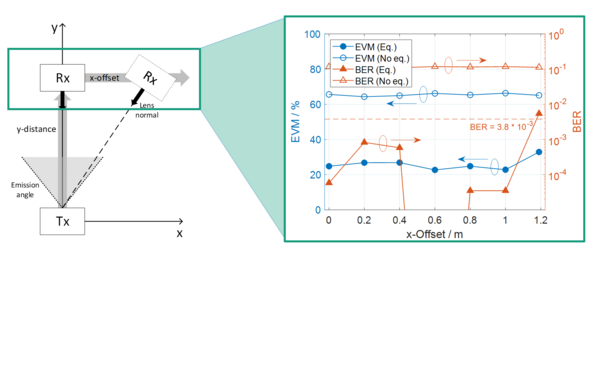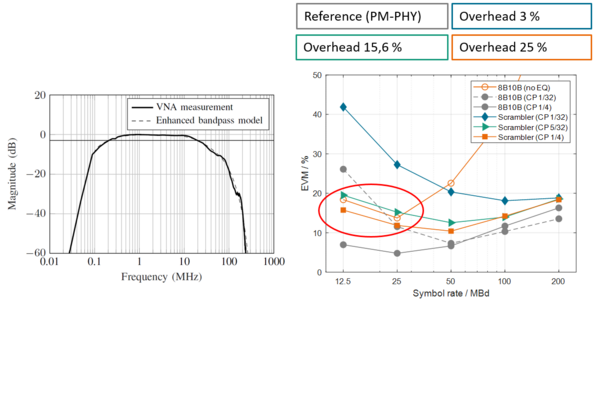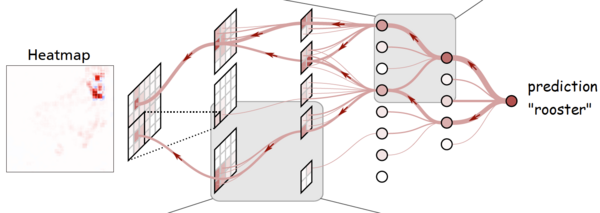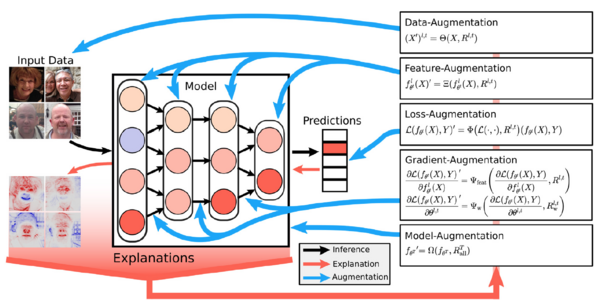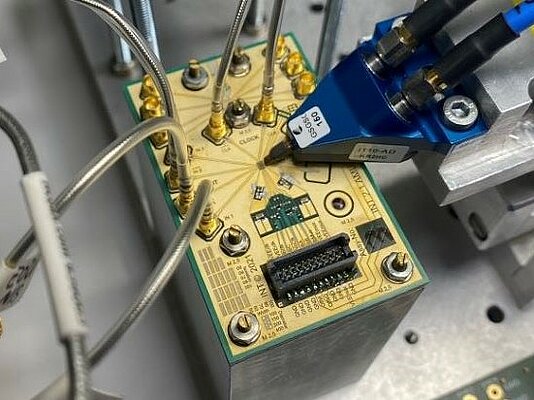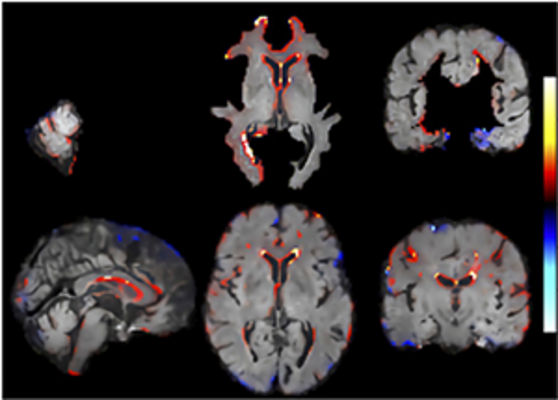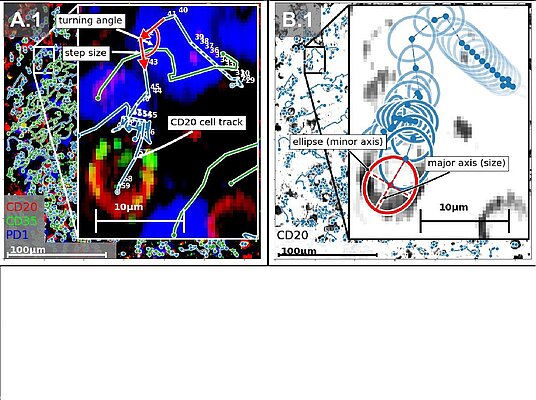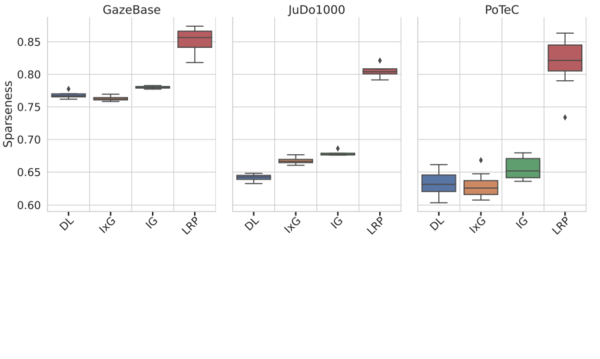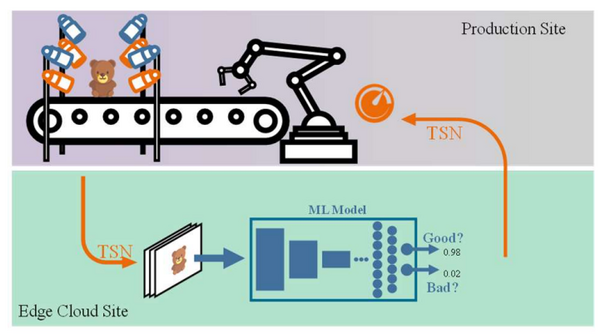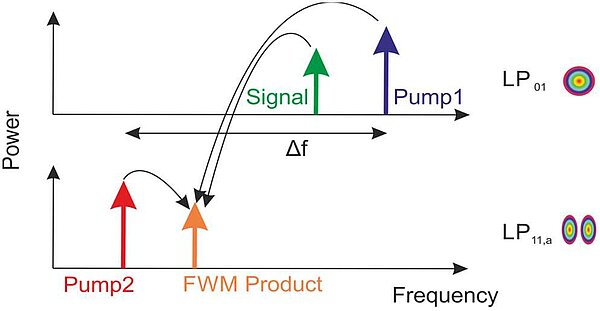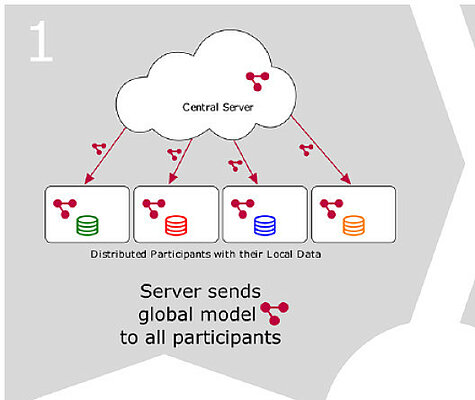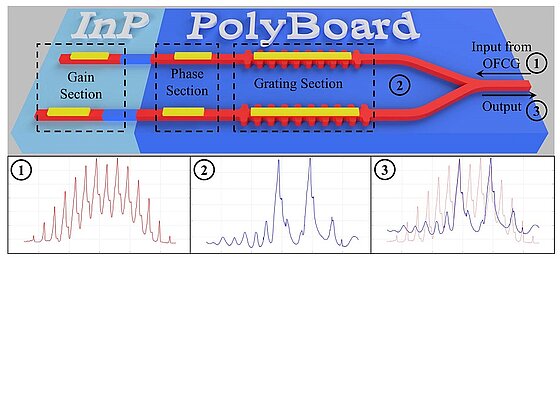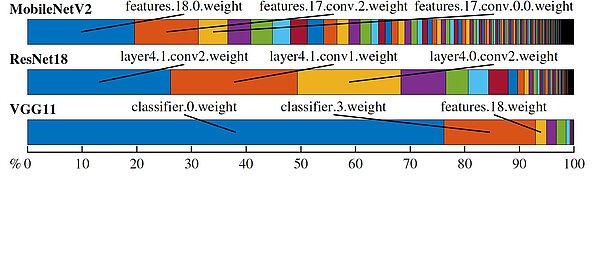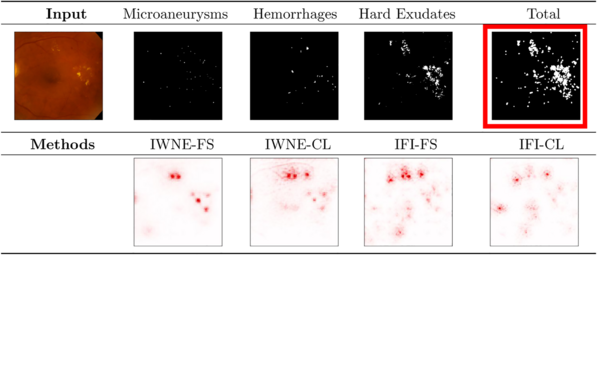Continuous intraoperative perfusion monitoring of free microvascular anastomosed fasciocutaneous flaps using remote photoplethysmography
Intraoperative monitoring of free flaps using remote photoplethysmography (rPPG) signal provides objective and reproducible data on tissue perfusion. We developed a monitoring algorithm for flap perfusion, which was evaluated in fifteen patients...
Ultrafast quantum key distribution using fully parallelized quantum channels
Quantum key distribution (QKD) offers secure communication protected by the laws of quantum mechanics. Aiming for an application-oriented solution, we designed a multichannel superconducting nanowire single photon detector system, as well as a...
Recovering Fine Details for Neural Implicit Surface Reconstruction
In this paper, we present D-NeuS, a volume rendering-based neural implicit surface reconstruction method capable to recover fine geometry details, which extends NeuS by two additional loss functions targeting enhanced reconstruction quality.
Investigating the Performance and Suitability of Neural Network Architectures for Nonlinearity Mitigation of Optical Signals
We compare three different neural network architectures for nonlinearity mitigation of 32 GBd OOK and QPSK signals after transmission over a dispersion-compensated link of 10-km SSMF and 10-km DCF. OSNR gains up to 2.2 dB were achieved using...
Experimental Study of In-line Nonlinearity Mitigation for a 400 Gb/s Dual-Carrier Superchannel with Joint Reception Using a Waveband-Shift-Free OPC
We experimentally study waveband-shift-free optical phase conjugation (OPC) of a 400-Gb/s dual-carrier superchannel and discuss the effectiveness of the OPC for multi-channel nonlinear mitigation. After joint reception of the 31.44 GBd-PDM-16QAM...
Ultra-Wideband All-optical Interband Wavelength Conversion Using a Low-complexity Dispersion-engineered SOI Waveguide
We experimentally present a low-complexity dispersion-engineered all-optical wavelength-converter using a photonic integrated-circuit based on SOI waveguide. We achieve a single-sided conversion bandwidth of ~35 nm from C- to S-band, and...
Increasing the reach of visible light communication links through constant-envelope OFDM signals
We demonstrate the transmission of constant-envelope orthogonal frequency division multiplexing (CE-OFDM) signals, based on electrical phase modulation, in a visible light communication (VLC) system. An increased tolerance to nonlinearity...
A Novel Approach for Joint Analytical and ML-assisted GSNR Estimation in Flexible Optical Network
We propose a novel approach to perform QoT estimation relying on joint exploitation of machine learning and analytical formula that offers accurate estimation when applied to scenarios with heterogeneous span profiles and sparsely occupied links....
Automated Dataset Generation for QoT Estimation in Coherent Optical Communication Systems
We demonstrate sophisticated laboratory automation and data pipeline capable of generating large, diverse, and high-quality public datasets. The demo covers the full workflow from setup reconfiguration to data monitoring and storage, represented...
Demonstration of a Real-Time ML Pipeline for Traffic Forecasting in AI-Assisted F5G Optical Access Networks
We showcase a proof-of-concept demonstration of a ML pipeline for real-time traffic forecasting deployed on a passive optical access network using an XGS-PON compatible telemetry framework. The demonstration reveals the benefits of fine-granular...
Comparison of Uni- and Multimodal Interfaces for Spatial Interaction
Multimodal user interfaces can provide better solutions, as they combine various interaction modalities to enable more flexibility and naturalness in human-machine interactions (HMI). They allow to seamlessly adapt to user and application...
Toward AI-enhanced VLC Systems for Industrial Applications
This paper presents optimization and deep learning procedures aiming at increasing power and spectral efficiency of visible light communications systems for two exemplary industrial scenarios. We propose a hybrid multi-objective optimization to...
Demonstration of 1.75 Gbit/s VCSEL-Based Non-Directed Optical Wireless Communications With OOK and FDE
We evaluate a high power on-off-keying transmitter for non-directed optical wireless communications based on VCSEL-arrays. Error-free transmission after FEC with a net data rate of 1.75 GBit/s is achieved across a distance of 2.5 m with a...
Reducing Overhead for Low-Power Optical Wireless Communications
We demonstrate on-off-keying optical wireless transmissions according to the IEEE P802.15.13 PM-PHY, in which we replace 8b10b line-coding by guided and non-guided data scramblers and compensate the remaining high-pass distortions through a...
Explaining the Decisions of Convolutional and Recurrent Neural Networks
In this chapter we discuss the algorithmic and theoretical underpinnings of layer-wise relevance propagation (LRP), apply the method to a complex model trained for the task of visual question answering (VQA), and demonstrate that it produces...
Beyond Explaining: Opportunities and Challenges of XAI-Based Model Improvement
Explainable Artificial Intelligence (XAI) is an emerging research field bringing transparency to highly complex and opaque machine learning (ML) models. This paper offers a comprehensive overview over techniques that apply XAI practically to...
150 GBd PAM-4 Electrical Signal Generation using SiGe-Based Analog Multiplexer Ic
Analog Multiplexers in Silicon-Germanium technology allow increasing the analog bandwidth of Digital-to-Analog-Converters and enable faster data transfers. We demonstrated 4-level pulse-amplitude modulation (PAM-4) signal transmission at 150 GBd...
Towards the Interpretability of Deep Learning Models for Multi-Modal Neuroimaging: Finding Structural Changes of the Ageing Brain
Brain-age (BA) estimates based on deep learning are increasingly used as neuroimaging biomarker for brain health; however, the underlying neural features have remained unclear. We combined ensembles of convolutional neural networks with...
New Definitions of Human Lymphoid and Follicular Cell Entities in Lymphatic Tissue by Machine Learning
Histological sections of the lymphatic system are usually the basis of static (2D) morphological investigations. Here, we performed a dynamic (4D) analysis of human reactive lymphoid tissue using confocal fluorescent laser microscopy in...
Selection of XAI Methods Matters: Evaluation of Feature Attribution Methods for Oculomotoric Biometric Identification
Substantial advances in oculomotoric biometric identification have been made due to deep neural networks processing non-aggregated time series data that replace methods processing theoretically motivated engineered features. In this work, we...
Time Adaptive Probabilistic Shaping for Combined Optical/THz Links
We investigate the applicability of PAS for outdoor THz wireless links in simulations with weather-dependent loss models. Link performances are evaluated and optimal shaping entropies are determined to adjust error rates to a given FEC threshold....
Edge Cloud based Visual Inspection for Automatic Quality Assurance in Production
We present a remote quality assurance use-case in distributed production sites that can be realized with the powerful capabilities of Artificial Intelligence (AI) combined with real-time video streaming systems and high-speed, low-latency...
Ultra-Broadband Optical Wavelength-Conversion using Nonlinear Multi-Modal Optical Waveguides
Ultra-Broadband Wavelength Conversion is one of the key issues of future optical networks. The physical background of ultra-broadband optical wavelength conversion in a multi-modal Silicon waveguide and methods to optimize its functionality are...
Fixed 5th Generation Advanced and Beyond
One of the overarching goals of the ETSI Industry Specification Group (ISG) F5G on Fifth Generation Fixed Network is to establish a regular rhythm of evolution for the fixed telecommunications network. So far, F5G has published technical...
Towards Trustworthy AI in Dentistry
Medical and dental artificial intelligence (AI) require the trust of both users and recipients of the AI to enhance implementation, acceptability, reach, and maintenance. Standardization is one strategy to generate such trust, with quality...
Federated Learning in Dentistry: Chances and Challenges
Building performant and robust artificial intelligence (AI)–based applications for dentistry requires large and high-quality data sets. Collaborative efforts are limited as privacy constraints forbid direct sharing across the borders of these...
Optical Generation and Transmission of mmWave Signals in 5G ERA: Experimental Evaluation Paradigm
We demonstrate the generation, of a mmWave signal via the injection of an optical frequency comb (OFC) into an integrated tunable dual distributed Bragg reflector (DBR) laser as well as the fiber transmission and the processing of this signal by...
Measurably Stronger Explanation Reliability Via Model Canonization
Network canonization has recently been introduced, restructuring a neural network model into a functionally identical equivalent to which established explanation methods can be applied optimally. In this work, we quantitatively verify the...
History Dependent Significance Coding for Incremental Neural Network Compression
This paper presents an improved probability estimation scheme for the entropy coder of Incremental Neural Network Coding (INNC), which is currently under standardization in ISO/IEC MPEG. Major finding is that the probability of a significant...
To Pretrain or Not? A Systematic Analysis of the Benefits of Pretraining in Diabetic Retinopathy
In this work, we aim to understand what type of pretraining works reliably in practice and what type of pretraining dataset is best suited to achieve good performance in small target dataset size scenarios. Considering diabetic retinopathy...
